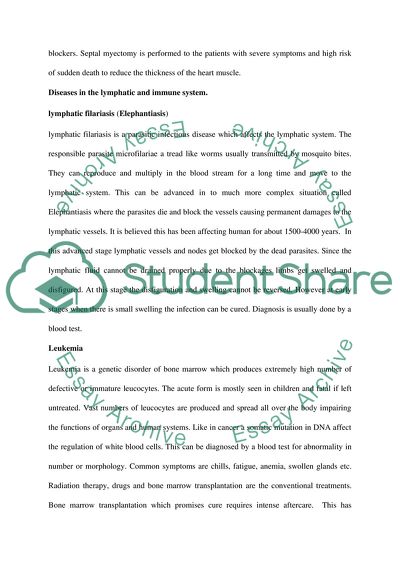Cite this document
(Disease and Genetic Disorder for the Human Body Systems Essay, n.d.)
Disease and Genetic Disorder for the Human Body Systems Essay. Retrieved from https://studentshare.org/health-sciences-medicine/1716979-disease-and-genetic-disorder-for-the-human-body-6-systems
Disease and Genetic Disorder for the Human Body Systems Essay. Retrieved from https://studentshare.org/health-sciences-medicine/1716979-disease-and-genetic-disorder-for-the-human-body-6-systems
(Disease and Genetic Disorder for the Human Body Systems Essay)
Disease and Genetic Disorder for the Human Body Systems Essay. https://studentshare.org/health-sciences-medicine/1716979-disease-and-genetic-disorder-for-the-human-body-6-systems.
Disease and Genetic Disorder for the Human Body Systems Essay. https://studentshare.org/health-sciences-medicine/1716979-disease-and-genetic-disorder-for-the-human-body-6-systems.
“Disease and Genetic Disorder for the Human Body Systems Essay”. https://studentshare.org/health-sciences-medicine/1716979-disease-and-genetic-disorder-for-the-human-body-6-systems.


